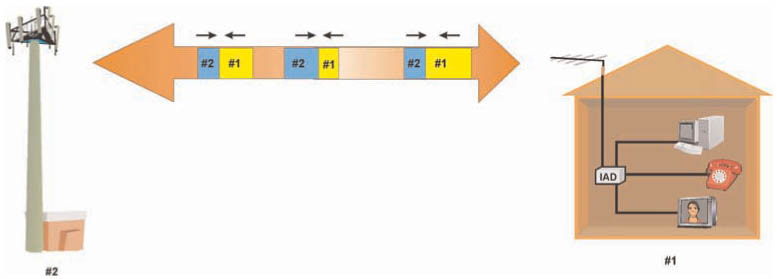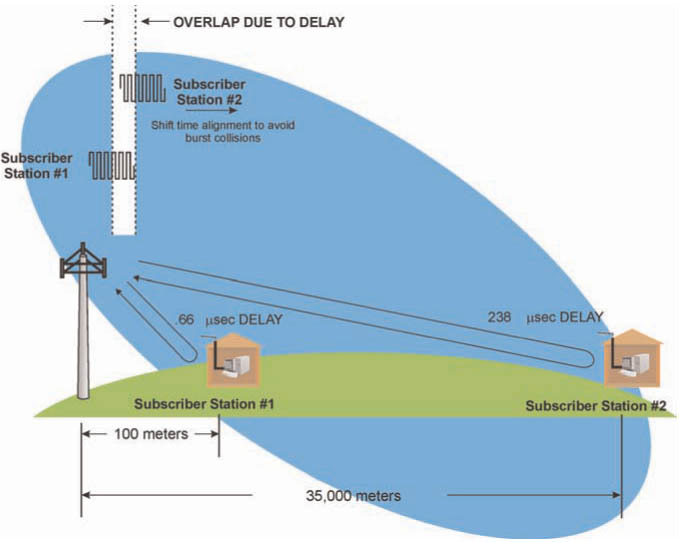The PHS process begins with requesting a PHS session and negotiating the parameters or rules on how PHS will operate during the session to determine which bits and how many bits of the header may be altered or removed. PHS suppression operation may include the removal of address bits and other control information (such as IP address port number) that may be part of the header.
The header information is stored at the sending end and receiving ends to allow for the detection and removal of the header (the sending end) and the reinsertion of the header at the receiving end. The header is removed by using a payload header suppression mask (PHSM). The PHSM is a code or binary sequence that is used to allow, block, or modify specific bits in a header to create the information that will be transmitted. To allow the receiver to recreate information that is located within the header that sequentially changed, a payload header suppression index (PHSI) is used. The PHSI is an incremental value that is used to identify the sequence of payload header suppression messages.
When the compressed packet arrives at the receiver, the packet header information is recreated and inserted into the packet so the original data packet (header and data) is completely recreated.
Figure 1 shows how PHS can be used to increase the data transmission rate through a communication channel. An IP communication session that occurs over an unchanging (circuit switched) wireless data link can use PHS to increase the efficiency (higher data throughput) by removing redundant packet header data. When an IP session is setup over a circuit switched connection, the system first identifies that PHS will be used. The system then negotiates for which parts of the header will be changed or removed during transmission (establishes PHS rules). The negotiation associates (maps) the IP communication system to the data link connection and stores the unchanging information at each end of the communication link (the header mask). For each IP packet that is received, the IP address information and some control information is removed prior to transmitting the packet on the data link (packet compression). When the compressed packet arrives at the receiver, the IP address and packet header information is re-inserted on the packet so the IP data packet is completely recreated.
Figure 1: Payload Header Suppression











